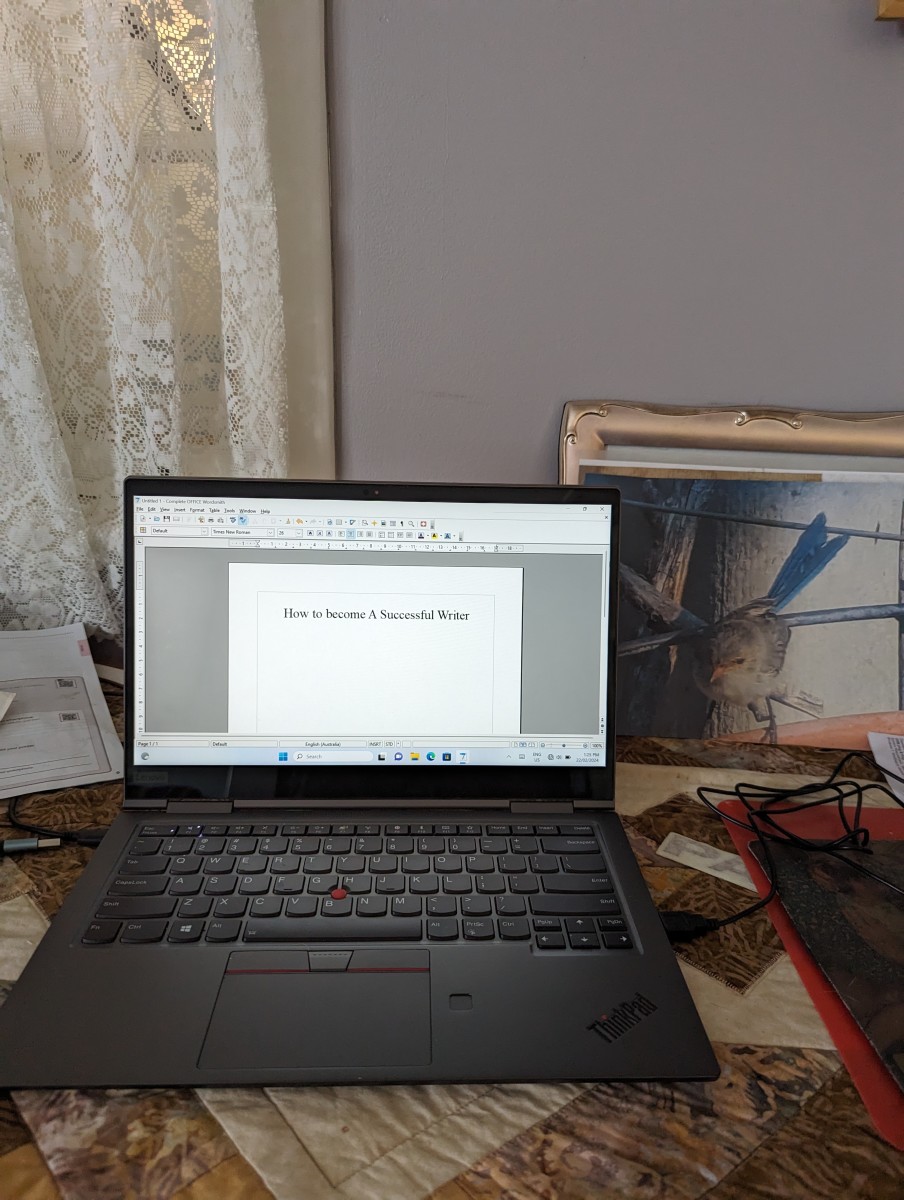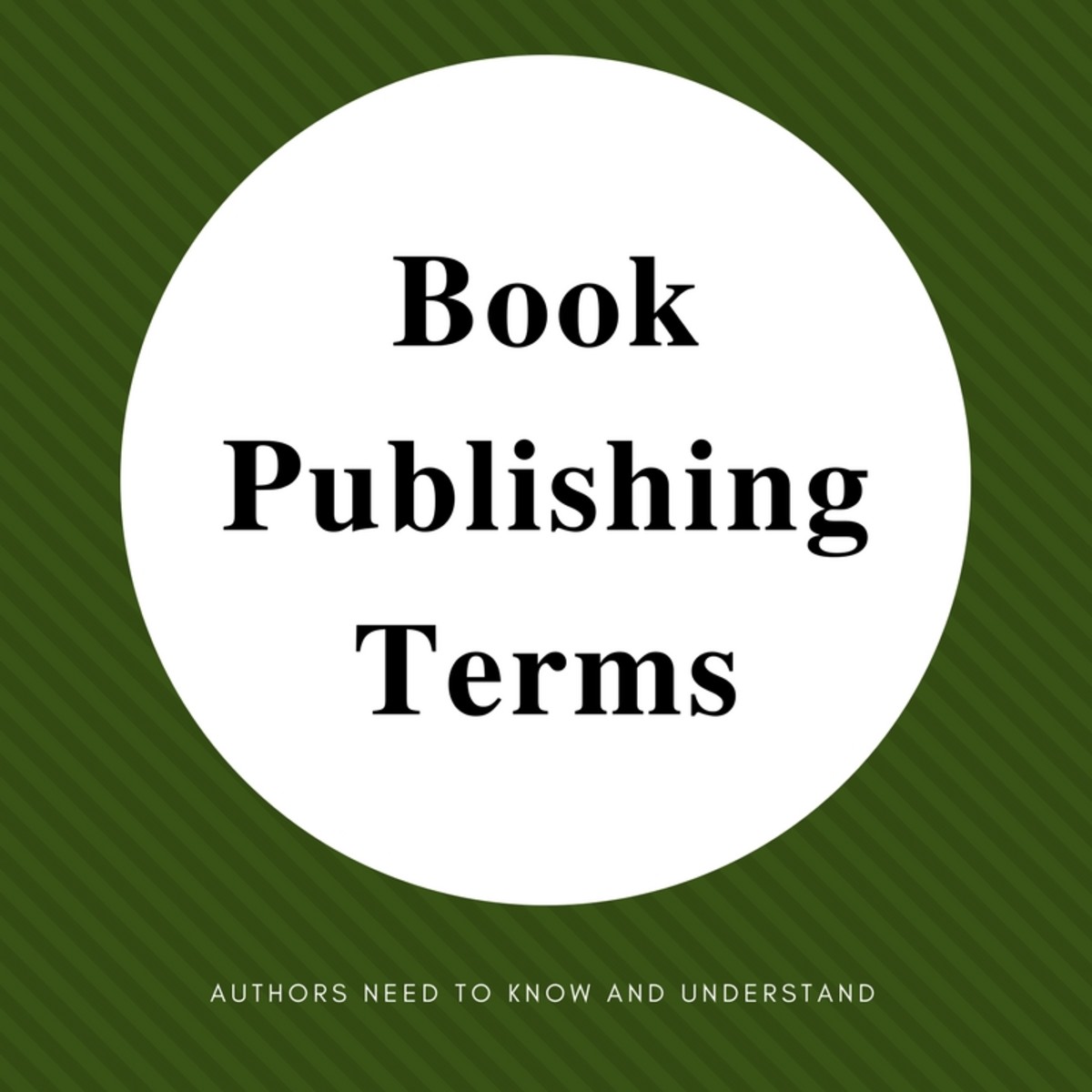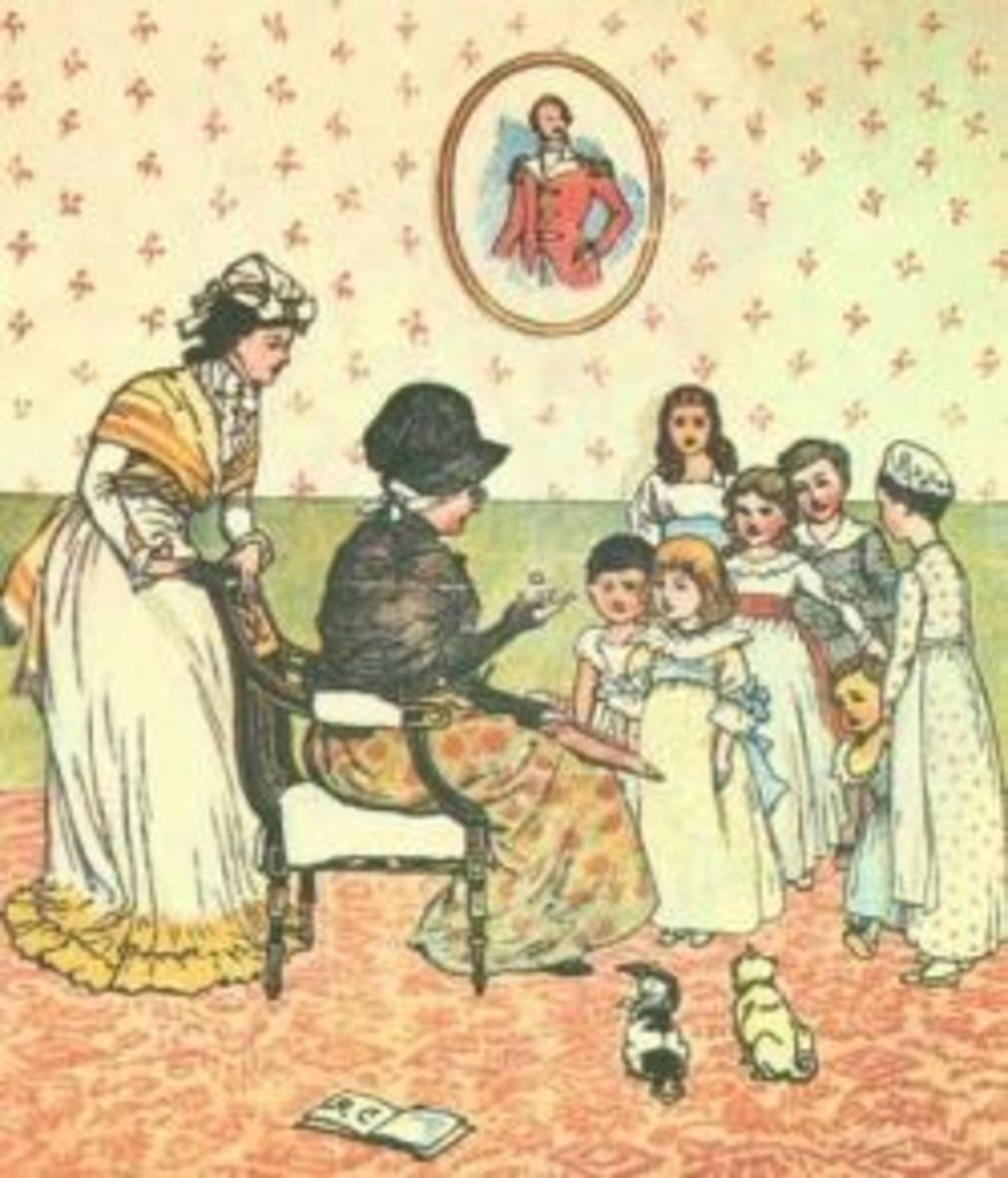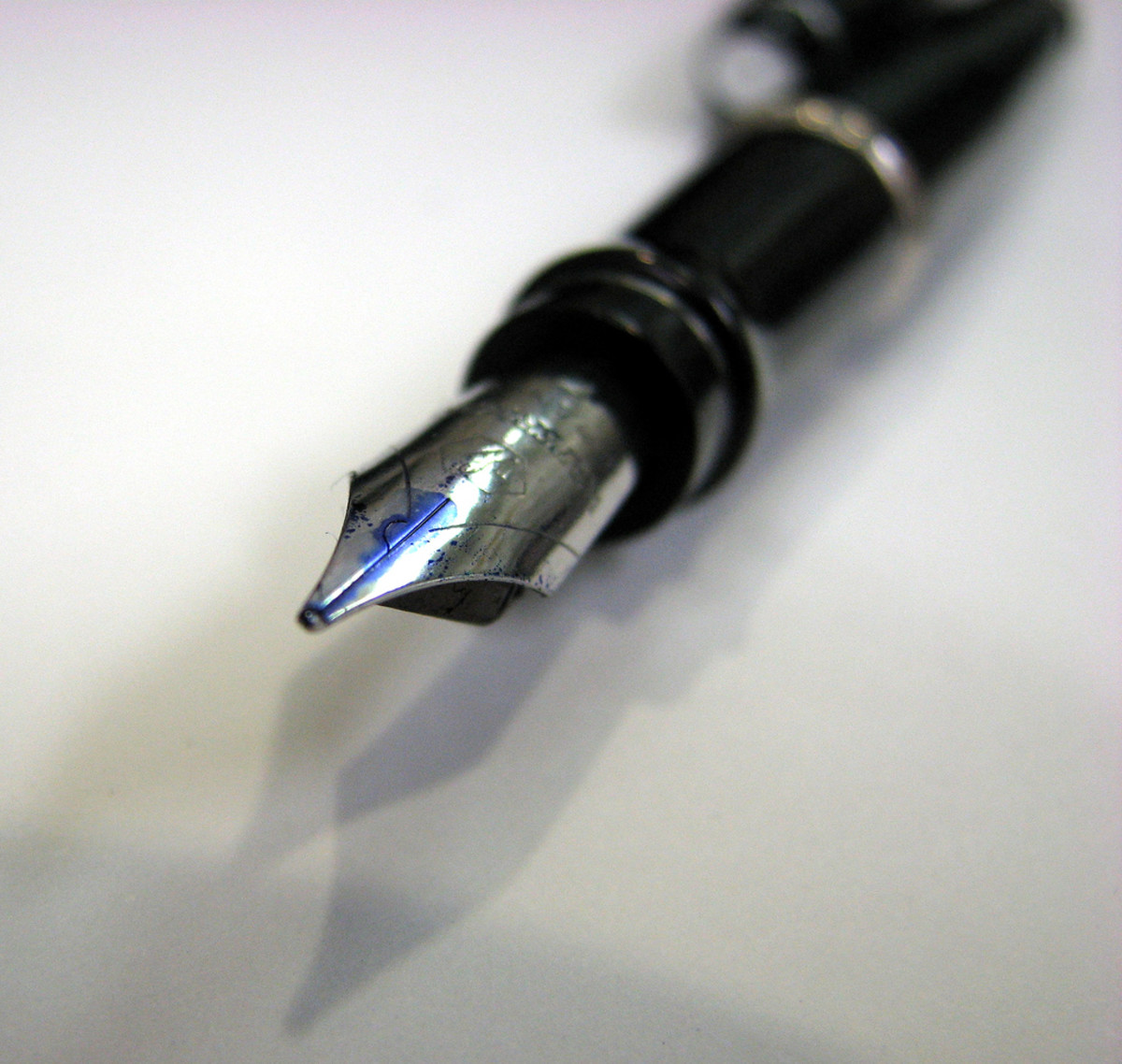How to Start Writing a Non-Fiction Book

Is there a book inside you?
It has been stated that there is a book inside each of us. If this statement is true, then there are many authors who have yet to write a word.
A common misconception among a lot of people is that in order to be able to honestly call yourself an author, you have to have a book published with a big-name publishing house. Not true. An author is someone who writes, sometimes for pay. But there have been many authors throughout the halls of history who wrote, simply because they loved writing, and were never formally published.
You have options.
Another thing to remember is that there are many alternatives today to traditional publishing. You are no longer bound by the ball-and-chain of sending endless queries and proposals until you finally find an agent or publishing house that is interested in your book. Self-publishing options have opened the door for many who would otherwise give up the dream of seeing their book in print. (We'll cover the topic of self-publishing in another Hub.)
Step 1: You need an idea.
Okay, now let's get down to the crux of the matter: writing a non-fiction book. (I'll let someone else cover the issue of writing fiction.) I will attempt to assume nothing, and thus we'll start from the ground and work our way up.
Before you can even think about writing a book, you first need an idea. Notice I didn't say you need a good idea. Stop thinking big (a completed book) and start thinking in chunks. The first chunk of writing a book is having an idea to write about.
So where do you find ideas? They're literally all around you every day, but you have to be open and aware to receiving them. The best advice I can give you on finding an idea is to bring a notebook along with you for several days and jot down everything that comes to you, whether or not you think it's good enough for a book or not. Or, spend an hour or two brainstorming your interests.
Do not wait for a "good" or "great" idea to come to you before you decide to sit down and start writing a book. What top five things are most important to you right now? Of those five, mark three off. Now of the remaining two, which one could you sit down and talk to me about for hours without stopping? That will be the topic of your book.
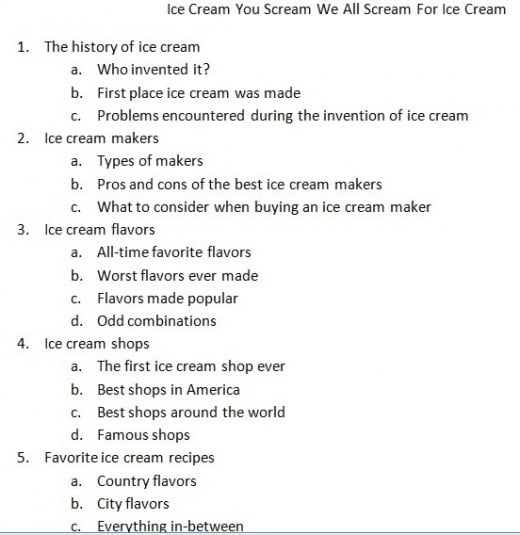
Step 2: Flesh out your idea.
Now you have an idea and a starting point for your book. But wait....you can't sit down and start writing yet. You have more foundation to lay for your book first.
Write (or type) your idea. Now, either using brainstorming techniques or listing, write down as much information about this idea as you can. Elaborate on this general idea and narrow it down into flowering ideas under this large umbrella. Some people prefer to do this by using mind maps, and others prefer writing an outline. Do whatever works for you.
The most important thing to remember in this step is to fully flesh out your idea. Don't stop until you have gone further than you thought you might. When necessary, conduct research to add further depth and detail to your book outline. The more information you collect and gather here, the easier it will be for you to write your book. (Remember to cite sources properly.)
Additional resources to help you get started
Step 3: Work from your outline.
Using your outline or mind map of ideas, you can now start writing your book. To make it even easier on yourself, you might even try writing more details into your outline first. Then when you sit down to write, you will have basically wrote the entire book from start to finish through your outline.
A problem some writers tend to have is feeling bound to the original outline. Think of it as your road map. If you discover something that needs to be tweaked or changed later, that's okay. Change it. Even roadtrips require detours and alternate routes sometimes. Your writing will, too, at times.
As you write from your outline, think of each main bullet point as a chapter. The more detailed your outline, the more pages your chapter should have when written. You might decide to include sub-headings within each chapter, as well. Allow yourself to think outside the box. Or, pattern your book after a favorite non-fiction book, if that helps. Just remember...don't plagiarize, but make it your own unique creation.
Step 4: Edit and proofread your book.
After you get your book on paper, sometimes it might take rewriting it a few times to get it to the point where you feel okay with it. When you reach this point, it's a good idea to print a hard copy of it, then get away from the computer to read through it with an editorial eye. Here are a few tips to help you edit and proofread your book...
- Use a highlighter to mark areas of text that need to be omitted, reworked, or further researched.
- Use a red ink pen to make editorial marks to grammatical errors.
- Use a green ink pen to note punctuation errors.
- Use a purple ink pen to write notes in the side margins.
You can also make use of sticky notes if you prefer using that instead writing your notes with purple ink in the margins.
Extra Pointers:
- Get a few critiques from honest writers and readers, if there are parts of your book you still are uncertain about.
- If you know you can't handle constructive criticism, don't ask for it.
- Don't edit your book to death; give your book a few days, up to weeks, of "breathing time" then come back to it with fresh perspective.
- Save each edited version as a different name; don't overwrite your original file. (Ex: book[1]; book[2], etc.)
- Create a "cut" file to save portions of your book you decide to remove. By saving this information in one file, you might go back later and read through it and discover something important that could be inserted back into your book in a different area.
Step 5: Rewrite the final draft of your book.
After you've given your book a thorough edit, make the needed changes to the copy on your computer. Be sure to go through each page, line by line, so you don't miss any changes. If your eyes are tired and your brain is too full to handle this kind of task, you can probably find someone who would be happy to do it for you, for a nominal fee. (Just make sure it is a trusted person because you want to know that every change was made correctly, otherwise you will have to go back through the entire page again yourself.)
At this point, if you want to print another hard copy to read through again, just to be sure all the changes were correctly applied and no last minute changes need to be made, go right ahead. In fact, it would probably be advisable to do this, even if you feel comfortable with all the edits, and hand your book over to a good friend or a critique partner for a final read-through. This will avoid unnecessary mistakes due to oversight. (Having someone else read it ensures the mistakes will be caught, as your brain knows what you want the book to say, so your eyes would compensate for any mistakes.)
Once you're certain that your book is fully edited and proofread, you can breathe. You've just written your first book. Congratulations!
Now that you've read this Hub, are you going to get started on your book?
This content is accurate and true to the best of the author’s knowledge and is not meant to substitute for formal and individualized advice from a qualified professional.
© 2010 Hope Wilbanks


